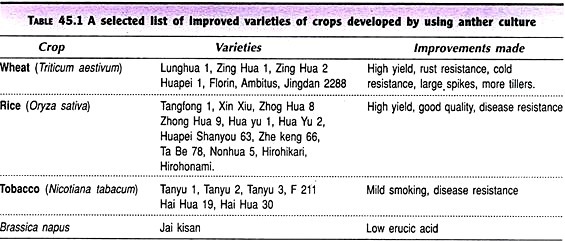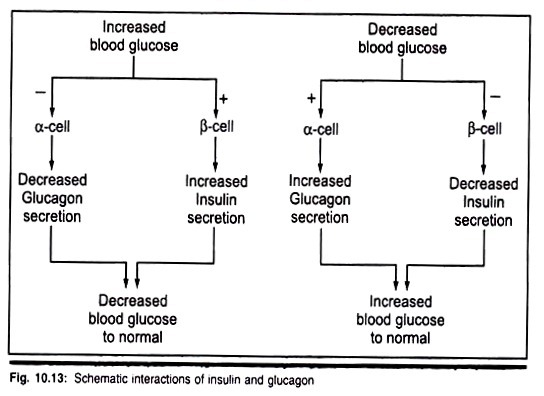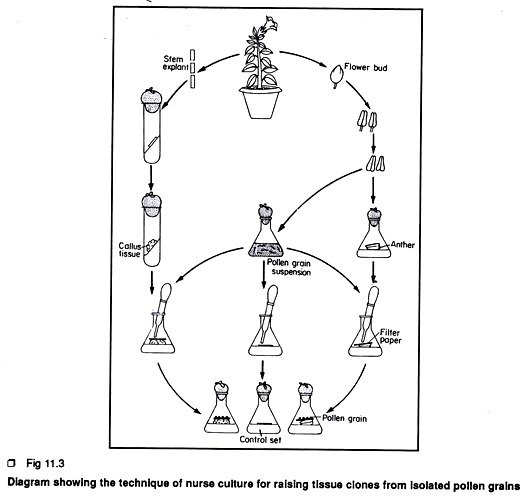Metabolism is defined as biochemical transformations required for the building up or synthesis and breaking down or degradation of tissues and the release of energy.
Productivity is a general concept denoting all processes involved in production studies – consumption, rejection and respiration.
However, some authors use “productivity” as a synonym for “production”, but this should be avoided since “production” is a narrower term (Krebs, 1997).
The community metabolism is basically a study of the following:
(a) Food relationships in the community.
(b) Primary production
(f) Secondary production
Food relationships in the community.
The feeding relationships in a community are considered under the headings food chain, food web, and trophic levels.
Primary Production:
A very important factor in community metabolism is the rate of energy-trapping by green plants, which in turn governs the rate of production of organic material from simple inorganic substances. The solar energy is transformed into chemical energy in photosynthesis.
Net primary production in some community types is given in Table 4.1 from Whittaker and 1 (1973). It is clear from the Table that certain communities are more productive .The following Drs affect the primary production in all natural communities.
(ii) Nutrients:
Nutrients also appear to limit primary production in subtropical and tropical oceans. Two elements, phosphorus and nitrogen, often limit primary production in the surface layers of the oceans.
(iii) Temperature:
Temperature is also a major controlling factor in freshwater communities. I Low temperatures in lakes, streams and oceans tend to reduce primary production.
(iv) Evapotranspiration:
It is a measure of solar radiation, temperature and rainfall. In other words, it is the amount of water pumped into the atmosphere by evaporation from the ground and by transpiration from the vegetation. Rosenzweig (1968) showed that actual evapotranspiration I could predict above ground production of terrestrial communities. Lieth (1975) showed that in addition to evapotranspiration, net primary production can be predicated from the length of the growing season, precipitation or temperature.
Primary production varies in different types of forests. ‘Evergreen broadleaf tropical forests are most productive. The differences in primary production among forests are mainly due to differences in the length of the growing season and leaf area index. Primary production in grasslands seems to be largely limited by rainfall (Sala et al. 1988).
According to Krebs (1994), primary production varies greatly over the globe. It is highest in the tropical rain forests and lowest in arctic, alpine, and desert habitats. The production in the sea is less than on land due to the limitations imposed by light and nutrients. Measurements of the amount of respiration by primary producers in terrestrial communities show that GPP is approximately equal to 2.7 times NPP. In the oceans, GPP is only about 1.5 times NPP (Whittaker, 1975). Remote sensing with satellites is now used for measuring the spatial and temporal variations of primary production on land and in the oceans of the world.
Secondary Production:
This means the production at the level of consumers. In other words, secondary production is the rate of production of biomass by heterotrophic organisms (bacteria, fungi and animals). This occurs by using metabolizable energy (A) for growth and reproduction (Fig. 4.6).
There are several techniques to measure the components of secondary production in anima community. According to the general procedure each animal species is considered separately. To determine the gross energy intake, the feeding rate can be measured by confining an animal to a feeding plot and measuring herbage biomass before and after feeding. In some species like bird the number of food items consumed can be counted directly. The metabolizable energy (assimilation) can also be measured in the laboratory by regulating the gross intake and collecting the faces and urine. But in the field it is measured indirectly as follows.
Metabolizable energy = Respiration + Net production. In laboratory, respiration can be measured by measuring oxygen consumption and CO production and thus basal metabolic rate can be calculated. Net production can be measured b the growth of individuals in the population and the reproduction of new animals.It is usually measured as units of biomass and converted to energy by determination of the caloric value of unit weight of the species. Fig. 4.7 shows that the production is the sum of growth and natality.
Production = Growth + natality
= 20 + 10 + 10 + 10 + 10 + 30 – 10 – 10 = 70 units of biomass
The production can also be calculated as follows:
Production = Net change in biomass + losses in mortality = 30 + 40 = 70 units of biomass Here it should be kept in view that the losses caused by death or emigration are a part (production and should not be ignored.
 The secondary production may be limited by a number of interacting factors. There is a general positive relationship between primary and secondary production. For example, secondary production by zooplankton which depends on phytoplankton as their food is positively related to phytoplankton production in lakes in different parts of the world. In both aquatic and terrestrial systems the production of herbivores is invariably less than that of the plants on which they feed.
The secondary production may be limited by a number of interacting factors. There is a general positive relationship between primary and secondary production. For example, secondary production by zooplankton which depends on phytoplankton as their food is positively related to phytoplankton production in lakes in different parts of the world. In both aquatic and terrestrial systems the production of herbivores is invariably less than that of the plants on which they feed.
The reasons are that:
(i) The entire plant biomass produced is not consumed alive by herbivores, lot of plant biomass dies without being grazed and supports the decomposer community;
(ii) All plant biomass that is eaten by herbivores, or herbivore biomass eaten by carnivores, is not assimilated (e.g., some is lost in faces); and
(iii) All the energy which has been assimilated is ally not converted to biomass, a part is lost as respiratory heat. This occurs because no process of energy conversion is 100% efficient.


